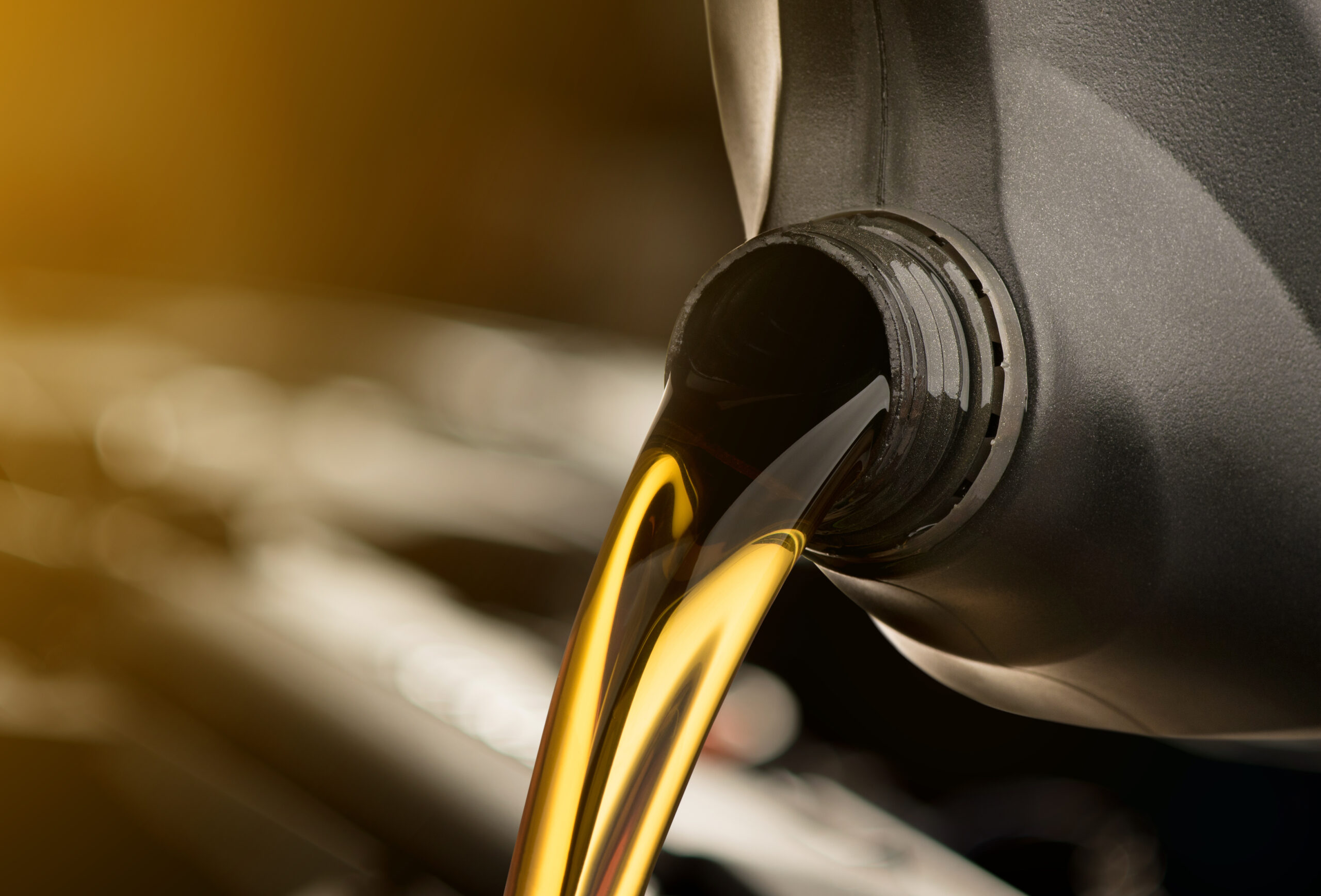Changing oil in automatic transmission – frequently asked questions

As part of our technical mini-cycle, we answer the most frequently asked questions about automatic transmission service. The questions are answered by Ravenol specialists.
Should you change the ATF oil in an automatic transmission?
Just like in the engine, regular oil changes in an automatic transmission are necessary because oil wears out during operation. Lubricating properties deteriorate, anti-wear and washing additives degrade, the amount of acids and particles increases and oil viscosity decreases. Lower quality oil leads to faster wear of the gearbox mechanisms and clogging of the hydraulic system including the ducts.
Why are there opinions that automatic transmissions don’t need servicing?
Car manufacturers sometimes state in their service manuals that there is no ATF oil change interval or that their automatic transmissions have been filled with ATF oil for the entire service life of the vehicle, so-called “Life-Time Fill”. Often users, and even OEM workshops, then believe that the automatic transmission does not need an oil change. This is a misinterpreted information. It’s important to know that many automakers mandate specific service intervals, including an ATF oil check, when the car is operated in sub-optimal conditions described as severe, and this information can often be additionally misleading. According to the automakers, severe conditions include: highway driving or frequent traffic jams, driving in temps below 0°C, frequent short-distance driving, driving on dirt roads, frequent full-load driving, driving with a trailer. When this happens, OEM workshop manuals recommend halving the ATF oil change interval or, if the car manufacturer has not provided for an interval, changing the oil altogether when it turns black and smells burnt, and there are filings on the inspection magnets. In their service manuals, each car manufacturer instructs OEM workshop service technicians to regularly check the level and quality of the ATF oil and, if necessary, to top it up or replace it completely. It is also worth knowing that, according to the assumptions of car manufacturers, a new transmission should withstand about 150 thousand kilometres without changing the ATF oil, which in practice means the entire warranty period. By changing the oil in the transmission regularly and completely each time, you can keep it running at peak efficiency and in perfect, almost factory condition, for many years. In order to avoid expensive post-warranty repairs, it is a good idea to have your ATF oil changed regularly regardless of service claims that it is not necessary.
How does the OEM workshops approach automatic transmission servicing and ATF oil quality control during inspections?
Depending on the manufacturer and type of automatic transmission, the OEM workshop standards for servicing, including checking oil level and quality, may vary. In the case of DCT/DSG type gearboxes, usually the check is carried out every 30 thousand km, and a complete replacement every 60 thousand km. In other types of automatic gearboxes, car manufacturers instruct OEM workshops to carry out regular checks of the level and quality of ATF oil every 80 thousand km. or less often – even 250 thousand km, and to make changes only, if necessary, i.e., change of colour, smell, filings.
Checking the ATF oil level is usually simple and can be done easily. It is different with the inspection and quality assessment of ATF oil. This is done by evaluating an ATF oil sample taken from the box, where the mechanic assesses oil consumption based only on its colour, odour, and sometimes the amount of filings on the inspection magnets. No OEM workshop does other oil sample testing. Based solely on an evaluation of appearance and odour, a decision is made that ATF oil does or does not need to be changed. OEM workshops always carry out inspections carefully in accordance with procedures and do not go beyond the standard set by the car manufacturer, and in practice, do not change the ATF oil during the warranty period of the car.
What factors cause accelerated ATF oil degradation?
ATF loses its properties during normal operation due to oxidation processes and frequent temporary high temperatures reaching over 400°C reached on the clutch discs. These factors lead to a disturbance in the viscosity of the ATF oil, characterized by a linear decrease (from 1% to 25%) and a jump in viscosity when the oil is completely worn out. The rate of ATF oil degradation depends primarily on the conditions in which the transmission has been operated and the quality of the components of the ATF oil itself, including the base oils and additive compositions. Oils from different manufacturers can differ significantly in their initial performance and their loss of performance over time.
Shortly, we will introduce another material with answers to frequently asked questions about oil changes in automatic transmissions. Do you have your own question? Write it down in the comments below the article.











